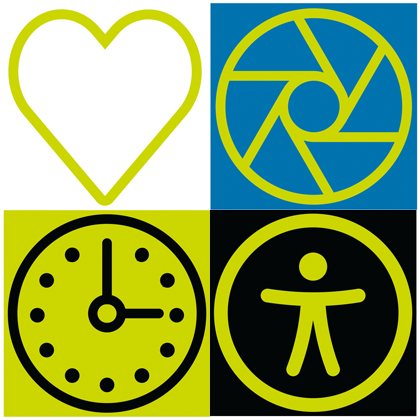
When Johns Hopkins cardiologist Roy Ziegelstein coined the term “personomics” in a widely cited editorial in Journal of the American Medical Association in 2015, he launched a movement that would have an important impact on the medical community at Johns Hopkins and far beyond.
His premise? In the rush to embrace the high-tech advances of precision medicine, too many doctors can lose sight of the individual patient’s unique life experiences. “Patients, in what some describe as a ‘no me’ experience, can wind up feeling left out, and that’s not what doctors want,” says Ziegelstein, a Miller Coulson master clinician and the Sarah Miller Coulson and Frank L. Coulson, Jr. Professor of Medicine.
The enthusiastic embrace of “personomics” on the part of physicians, Ziegelstein believes, “reflects the disconnect that many doctors have been feeling — and want to fix.”
At the Center for Innovative Medicine, the latest exciting effort to address that disconnect is the Barbara and Peter K. Miller Scholars Personomics Initiative. The initiative, which falls under the umbrella of CIM’s new Institute for Humanizing Medicine, will provide funding to support residents and fellows across a diverse range of specialties to lead “transformative projects” aimed at developing learners’ skills “in the science and art of personomics,” explains Jessica Bienstock, senior associate dean for graduate medical education.
When her team put out a call for proposals, they were heartened by the broad range and scope of projects that trainees put forth. Ultimately, seven “Personomics Projects” have been selected for funding this first year. They include:
Photojournalism
A photojournalism project, led by plastic and reconstructive surgery residents Cecil Qui and Patrick Keller, that will follow 12 patients over two years, with the aim of placing the patients’ reconstructive surgeries “in the context of their larger medical journey, their day-to-day lives and their personal identities.”
The duo, both amateur photographers, will also conduct interviews with the patients and their surgeons. “Through these interactions, we will highlight moments of hope, unforeseen challenges and the transformative experience of reconstructive surgery,” note the trainees, who ultimately aim to share the photos and interviews in an online publication viewable by staff and the public.
Missed appointments
A study aimed at identifying the factors that lead to patients failing to show up for medical appointments. Too often, note dermatology residents Eugene Park and Angel Diaz, “’no-shows’ often remain nothing more than meaningless names on a screen … and we often fail to register that in each of these cases, there is a real human who at one time sought our help, with his or her own struggles, needs and obstacles.”
Through standardized surveys and interviews, the residents aim to aggregate common reasons that lead to ”no-shows” — such as transportation issues, language barriers or childcare needs — and ultimately identify measures to prevent missed appointments in the future. “There may be worlds of empathy to gain from these patients we never know,” write Park and Diaz in their proposal.
Whole-Person Care
Implementation of a “Whole-Person Care” clinical documentation template within the electronic medical record. The goal of the template, says internal medicine resident Amy Shah, is to “give physicians a systematic way of connecting with their patients holistically” by integrating discussion of belief systems, social determinants of health and personal values. “The aim of this note template is to learn about patients beyond their medical issues and use their individual values to guide their health care decisions,” Shah writes.
“We’ll be creating a ‘community of practice’ — a learning collaborative of Barbara and Peter K. Miller Scholars who are passionate about getting to know patients as people.” — Jessica Bienstock
While these two-year projects themselves will yield important results, notes Bienstock, there’s an additional, crucial element of the personomics initiative. “We’ll be creating a ‘community of practice’ — a learning collaborative of Barbara and Peter K. Miller Scholars who are passionate about getting to know patients as people,” she says. The scholars will meet monthly for skill-building and peer mentoring workshops, providing ample opportunity for networking and collaboration.
Such collaboration will go a long way toward addressing the factors that can contribute to physician burnout, which is a growing crisis in the American health care system today, Bienstock notes.
“People generally go into medicine because they care about relieving suffering and about connecting with patients to help guide them through some of the most vulnerable times of their lives. But during medical school and residency, there’s so much to learn and so much time pressure — time spent getting to know your patients can easily get buried under all the other pressures,” she says. “One way to combat burnout is through connection with meaning and purpose. And the key way to make these connections with meaning is through having the time to get to know your patients.”